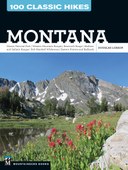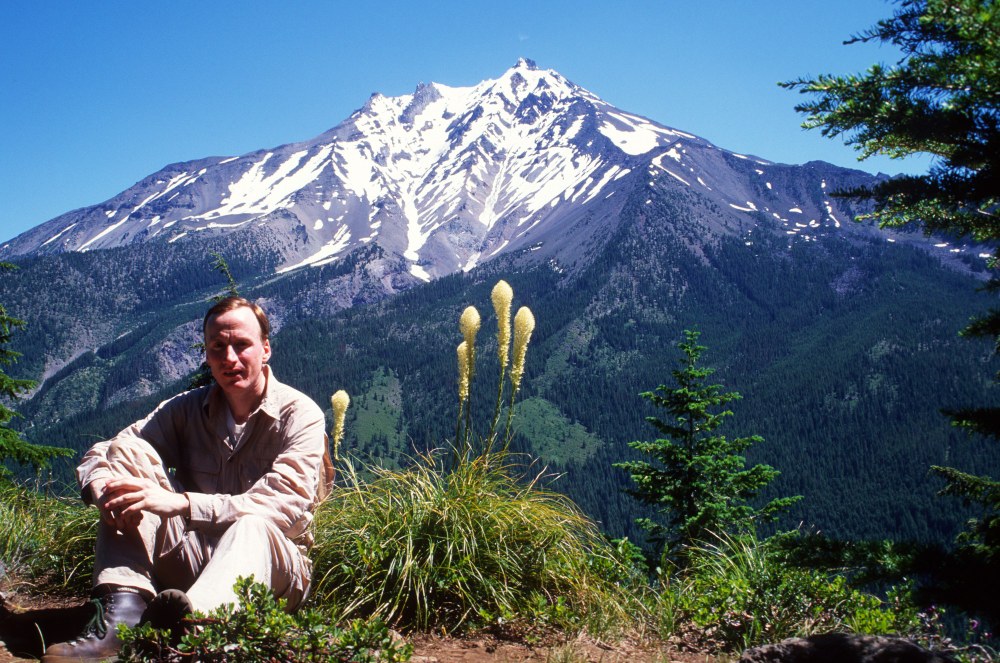
For hikers, Montana is close to heaven. Thousands of miles of trails lead to scenic mountain lakes, wildflower-covered meadows, and dramatic viewpoints. All winter long (and our winters are really long) Montanans eagerly await the snowmelt when we can once again head for our beloved backcountry. But the melting snows also signal the time when our state’s famous bruins awaken, looking to replenish the fat layer lost during their winter sleep. We humans typically have the opposite seasonal timing on fat layers – another excellent reason to hit the trails.
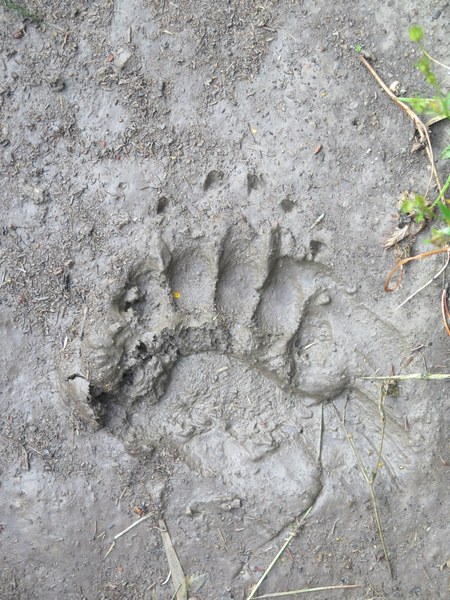 While few other states have the grizzly bears commonly found in western Montana, pretty much all forested mountains in North America have black bears – smaller and usually less dangerous, but still not to be taken lightly. Statistically, attacks are rare, so the presence of bears should never dissuade you from enjoying a hike. Still, it’s always wise to respect bears and to take reasonable precautions. Here are a few tips from a Big Sky resident who has been charged by grizzly bears (twice!) and dealt with hundreds of black bears on the trail and in camp.
While few other states have the grizzly bears commonly found in western Montana, pretty much all forested mountains in North America have black bears – smaller and usually less dangerous, but still not to be taken lightly. Statistically, attacks are rare, so the presence of bears should never dissuade you from enjoying a hike. Still, it’s always wise to respect bears and to take reasonable precautions. Here are a few tips from a Big Sky resident who has been charged by grizzly bears (twice!) and dealt with hundreds of black bears on the trail and in camp.
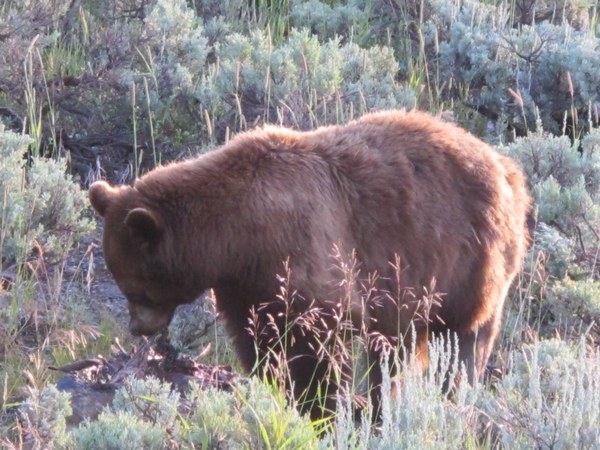
Avoidance is Best
It’s better when problems never occur, so try to avoid negative bear encounters entirely. If you see a bear or discover fresh bear scat, diggings, or carrion, DO NOT camp nearby (you’d be surprised how often people ignore this advice). In addition, although night hiking can be great fun, in grizzly country it’s dangerous and a definite no-no. Solo hiking in griz territory ain’t such a hot idea either.
Odor Control
All bears have terrific senses of smell – think of them as really large, muscular, and always-hungry bloodhounds – so leave the smelly tuna, jerky, and whatnot at home. Also, cook and properly store (hang at least 10 feet up on a tree limb or use a bear canister) all food and other attractants 100 or more yards downwind from your campsite.
The Grizzly Seat Belt
Driving without wearing a seat belt is unsafe and, frankly, just plain stupid. Well, hiking in grizzly country without bear spray falls under the same category. So in the northern Rockies or Alaska, ALWAYS carry bear spray outside your pack and available for immediate use. If you’re charged, try to control your bowels (no easy feat, believe me) and spray toward the animal’s face starting when they are 25 to 30 feet away.
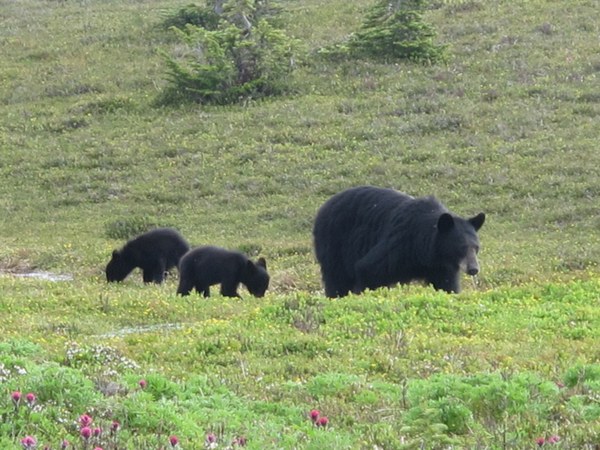
Avoid them Young’uns
Few things in Nature are cuter than a bear cub. But hyper-protective sows don’t appreciate your “awww” factor and fiercely guard their offspring against any perceived threat. Stay well away from any cute little Teddy and, of course, never get between mom and the kids.
Rover Rules
I love my dog, so I’m not going to risk his (or my own) safety by taking him hiking into grizzly country. Bears really dislike canines (of any sort) and Fido’s never going to win this fight. In black bear territory, I frequently hike with dogs, but they are always in control and well trained to recall on command.
There are many other good tips for hiking in bear country, but the basics are pretty simple – leave them alone and try not to attract ‘em in the first place. With that in mind, remember that where bears live is often remote and beautiful – just the kind of place you’d want to hike. So, go ahead, just respect the local residents and their rules on trespassing.
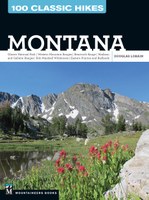 Thanks for the tips, Doug! With that expert advice in mind, you can safely hit the Montana trails, and Doug's new book 100 Classic Hikes: Montana is there to show you all the best spots.
Thanks for the tips, Doug! With that expert advice in mind, you can safely hit the Montana trails, and Doug's new book 100 Classic Hikes: Montana is there to show you all the best spots.
 Douglas Lorain
Douglas Lorain

